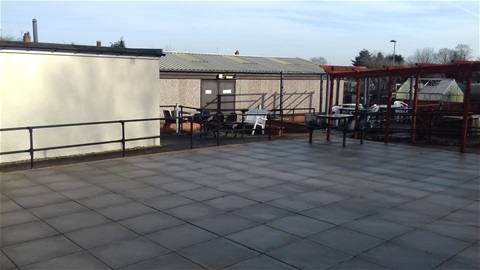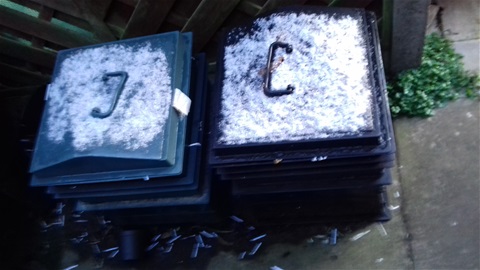Compost Seedballs
Seed or earth balls are used for “seed bombing” where the balls are thrown or dropped by hand or from the air into the area where they are to germinate .
Sowing Seedballs directly
in the field is a technique used in ancient Egypt and by North American First Nations’ tribes and is now being used for the large-scale regeneration of land.
Seedballs dropped from the air mat contain the seeds of trees to create
forests while those thrown by hand are often used for planting wildflowers in abandoned vacant and neglected areas of towns and cities. They also provide a means of sowing wild flowers in school grounds and allotment sites.
Clay based Seedballs
The conventional Seedball is made by rolling the seeds in a ball of compost which is coated with a layer of wet clay or, in a variation of the method, the seeds, compost and clay are all mixed together when making
the ball. The compost and clay act as a carrier for the seeds so they can be thrown into inaccessible areas. Each seed ball provides the seed(s) with a mini ecosystem. Where the balls are made commercially, they are normally about a 1cm in diameter a size
which makes scattering, but home-made versions tend to vary and are often larger. The clay provides a shell protecting the seed and nutrients in the compost from predators e.g. as birds, ants and rodents. However,
as this technique will normally require the purchase of clay there is an alternative suitable for allotment sites and schools using flour instead of clay.
The completed balls are then placed or more often thrown into the garden
or ground where it is hoped the plants will grow. There are techniques where the seeds are spread form aircraft, but my view is that this is unlikely to be used on allotments or school grounds and domestic gardens, so no further details
are given here. Seedballs can also be used for planting in pots and raised beds. The seeds will remain dormant until their environmental needs are met. When enough rain has permeated the clay, the seeds germinate with the initial growth
of the plant being helped by the nutrients and minerals in the compost. After about three weeks the first seedlings work their way through the seed bomb and root into the ground below. As they grow the seed bomb begins to dissolve. There are variations
to the basic recipe one used by Seedballs (https://www.seedball.co.uk/ ) are made with the addition of chilli to help protect the seed from predators.
Flour and Compost Seedballs
Home, school and allotment composters may like
to make seedballs using their compost without having to purchase clay. Flour Seedballs provide an easily made and cheap alternative to the tradition clay encased ball. These are more likely to disintegrate if thrown spreading the seeds and ensuring
a wider coverage of the area and seed bombing might be more fun for children. However, it does mean that the seeds will lose their compost packing on impact and germination may be better if the seeds are put on the soil, raised bed or flower pot.
More information on www.carryoncomposting Using Compost

